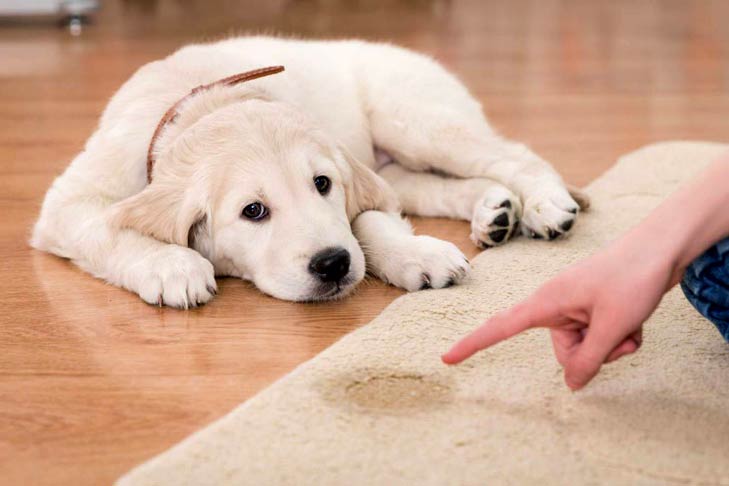The Professional Dog Trainer’s Guide to Housetraining and Potty Training a Puppy
by siteadmin

You have finally brought home a furry bundle of joy that you cannot help but shower with love and attention. However, housetraining and potty training your pup can seem difficult and overwhelming, especially for new dog owners. But worry not, with a little patience, consistency, and proper training tools, housetraining a puppy need not be a daunting task. As a professional dog trainer, I have had the privilege of training countless puppies, and I am excited to share my expert advice on how to make it easier for you.
Schedule
As dog owners, we know that dogs thrive on routines and schedules. One essential factor in housetraining your pup is scheduling. Start with a regular feeding schedule, making sure you feed your puppy at the same time every day. This way, you can predict when your pup will have to go to the bathroom and then take them outside during those times. Alternatively, you can use housetraining pads or a litter box indoors so that your pup has a designated spot to eliminate.
Keep an Eye on your Puppy
Until your puppy is fully housetrained, you must keep an eye on them. This means that your puppy should not be allowed to have free reign in your home unless you can keep an eye on them. Keep them close to you or confined in a crate or playpen when necessary. This will help you keep a close eye on your puppy and take them outside or to their designated spot when they need to go.
Praise and Treats
Positive reinforcement is crucial when it comes to housetraining or potty training your puppy. When they go outside or on the designated spot, praise them excitedly and give them treats to reinforce the desired behavior. Doing this will not only help your pup understand what they are doing right but also make them enjoy the process of learning.
Consistency is Key
Consistency is crucial when it comes to housetraining your puppy. Your pup needs clear, concise signals to help them understand what you want them to do. As such, it is vital to use the same signals, verbal and physical, with your puppy every time you want them to go outside. Inconsistencies in the training process can derail your pup's progress, leading to confusion and frustration.
Be Patient
Finally, it is essential to be patient and understanding when housetraining your pup. Housetraining can take as much as six months or more, depending on the breed and individual puppy. Shouting or punishing your pup if they make a mistake will not help nor speed up the process. Instead, remain calm and reiterate the positive reinforcement of the right behavior.
In conclusion, housetraining and potty training your pup to be a well-behaved member of your family is incredibly doable with the proper techniques, patience, and consistency. In addition, seeking professional training from a reputable dog trainer can go a long way in easing the process and ensuring that your puppy receives the right training. So, get started on implementing these tips and watch your pup grow into a well-trained, well-adjusted member of your family.
You have finally brought home a furry bundle of joy that you cannot help but shower with love and attention. However, housetraining and potty training your pup can seem difficult and overwhelming, especially for new dog owners. But worry not, with a little patience, consistency, and proper training tools, housetraining a puppy need not be…
